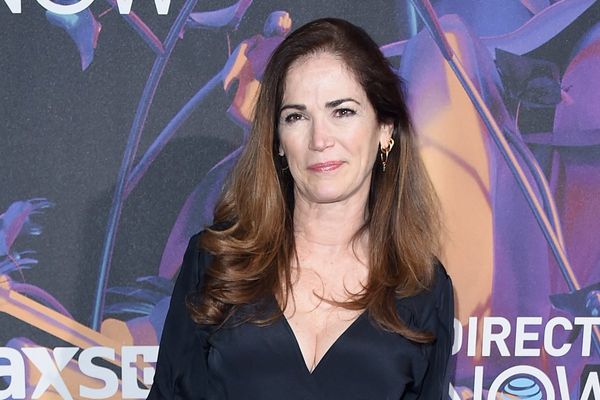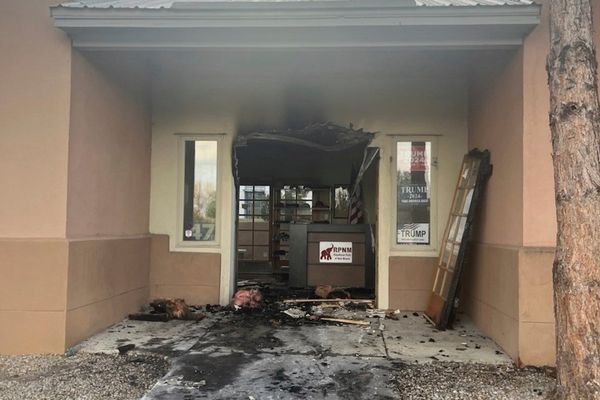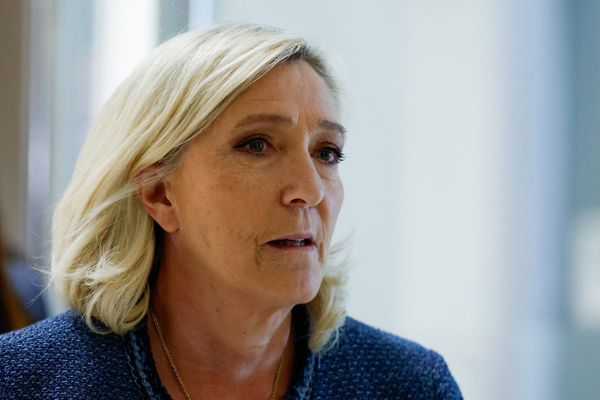
A customer demands a refund on goods she bought but no longer wants. The shop owner refuses, offering a credit note instead. The customer grabs other goods, apparently in recompense. The shop owner tries to stop her from leaving the premises. She appears to hit him and he to assault her, putting his hands around her throat in a chokehold. Police arrest the customer, and then later, after a video of the incident goes viral, interview the shop owner, too.
Presented like this, most people would see the incident as an argument that got out of hand and probably regard the shop owner as having used unacceptable force. But when something like this scenario played out in a shop in Peckham, south London, last Monday, perceptions were coloured by an extra ingredient. The shop owner was Asian, the customer black. Suddenly, an out-of-control argument became viewed as racial conflict.
Many local black residents were outraged not just that a black woman should be assaulted but also that Asians should own shops in a predominantly African-Caribbean area. “Racist Asians go to hell Patel”, read one of the handmade signs outside the shuttered shop. “Parasitic merchants out of our community”, read another. Meanwhile, many Asians gave vent to their own prejudices, dismissing black people as criminals, as lacking a “work ethic”, as suffering from “insecurities”.
Then there were those who could see the incident only through the lens of immigration. “This isn’t what Londoners who suffered through the Blitz fought for,” claimed one tweet. As if sectarian violence only arrived in Britain with the Empire Windrush, or that this country has never witnessed communal conflict, from pogroms against Jews to anti-Catholic violence.
Racism is real, black women are often assaulted and shopkeepers can be exploitative. What the Peckham incident shows, though, is the consequence of remapping disparities of class and economic power on to differences of race or ethnicity. There is a long history of doing this, the cost of which has been both the entrenchment of bigotry and the undermining of struggles for economic betterment.
Jews, for instance, traditionally forced into being merchants or moneylenders because of their exclusion from many professions and occupations, have often been the target of ire from other minority groups who, particularly in the context of antisemitic tropes about Jews as wealthy and powerful, saw their own lack of resources as the product of Jewish wealth. There was a need to “confront Jewish economic interests in our black communities”, the black nationalist academic Harold Cruse wrote in his 1969 essay “My Jewish Problem and Theirs”.
More recently, other groups in America have faced the same kind of anger. The 1992 Los Angeles riots, during which 2,200 Korean businesses were damaged or destroyed, exposed the degree to which Koreans now played the “middleman” role in that city, and the antagonisms that had created.
In Britain, in certain areas Asians have come to perform that same function. In the days of empire, Indians were used in Africa as indentured labour to build railways and other infrastructure and as an intermediary middle class, a buffer between British rulers and local people. This inevitably stoked resentment that was exploited by nationalist demagogues, leading eventually to thousands of Asians being forced out of Kenya and Uganda in the 1960s and 70s.
Many came to this country, forming a second wave of postwar immigrants. The first wave in the late 1940s and 50s had been largely working class. Those from east Africa were more middle class and able to use their resources to set up shops and services, often in poorer inner-city areas, with more affordable premises. Only a small proportion of Asians could play such a role. Nevertheless, stereotypes about “Asian shopkeepers” developed, as well as a sense of resentment in many communities, especially those that were predominantly black.
In 2005, while making a Channel 4 documentary, I visited Lozells in Birmingham. In October of that year, friction between black and Asian communities had exploded into a weekend of rioting. A false rumour that a black teenager had been gang-raped by a group of Asian men in an Asian-owned shop selling African-Caribbean hair products led to demonstrations, calls for the boycott of Asian-owned enterprises, and eventually to violence, during which a young black man, Isaiah Young-Sam, was set on by an Asian gang and murdered.
When I tried to interview black community leaders, most refused on the grounds that I was Asian and therefore “on the other side”. One who did agree to talk wanted me to account for what he saw as the crimes of the Asian community. “Asians have always had it for the black man,” he told me. “It was like that in Kenya and Uganda. And it’s like that here. It’s in your blood.”
Not just imperial history but local policies, too, had helped exacerbate such racial antagonism. In response to an earlier riot – in neighbouring Handsworth in 1985, one of the last of the inner-city conflagrations of the 80s – Birmingham council had set up nine “umbrella groups”, organisations based on ethnicity and faith, such as the African and Caribbean People’s Movement and the Hindu Council.
The aim was to represent the needs of different communities. The reality, as Joy Warmington of the Birmingham Race Action Partnership, an equalities group, told me at the time, was to “force people into a very one-dimensional view of themselves”, leading them to “lobby for resources on the basis of their ethnicity”. Each group could not but view others as competitors for council largesse, deepening divisions, most notably between black and Asian people. The end point was communal violence.
Exploitation exists in all communities. Exploiters do not care about the colour or culture of those whom they exploit. Black employers or shopkeepers are as likely to take advantage of black employees or consumers as are Asian or white ones.
The issues facing the residents of Peckham, like those of Lozells, do not arise from Asians stealing money from black communities, nor from black people lacking a work ethic. They arise from a paucity of resources, from policies that deepen rather than assuage inequalities, and from the exploitative actions of employers, landlords and shopkeepers of whatever colour. To view exploitation in racial or identitarian terms is to fragment the possibilities of solidarity and so make challenging it more difficult.
• This article was amended on 18 September 2023. A reference to the “expulsion of thousands Asians from Kenya and Uganda” was changed to “thousands of Asians being forced out of Kenya and Uganda”.
• Kenan Malik is an Observer columnist
Do you have an opinion on the issues raised in this article? If you would like to submit a letter of up to 250 words to be considered for publication, email it to us at observer.letters@observer.co.uk







